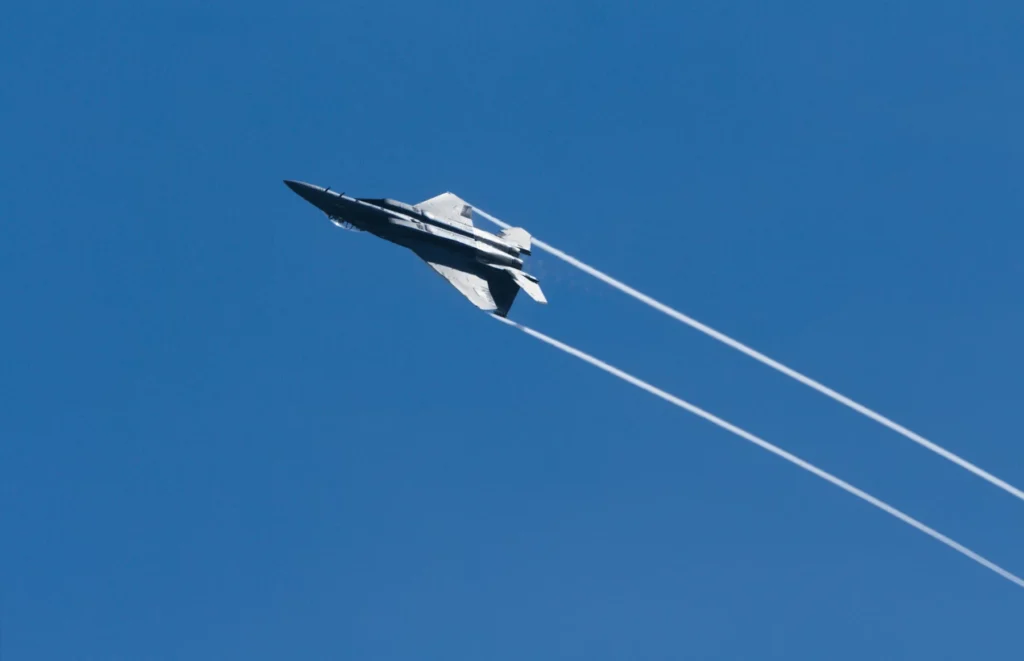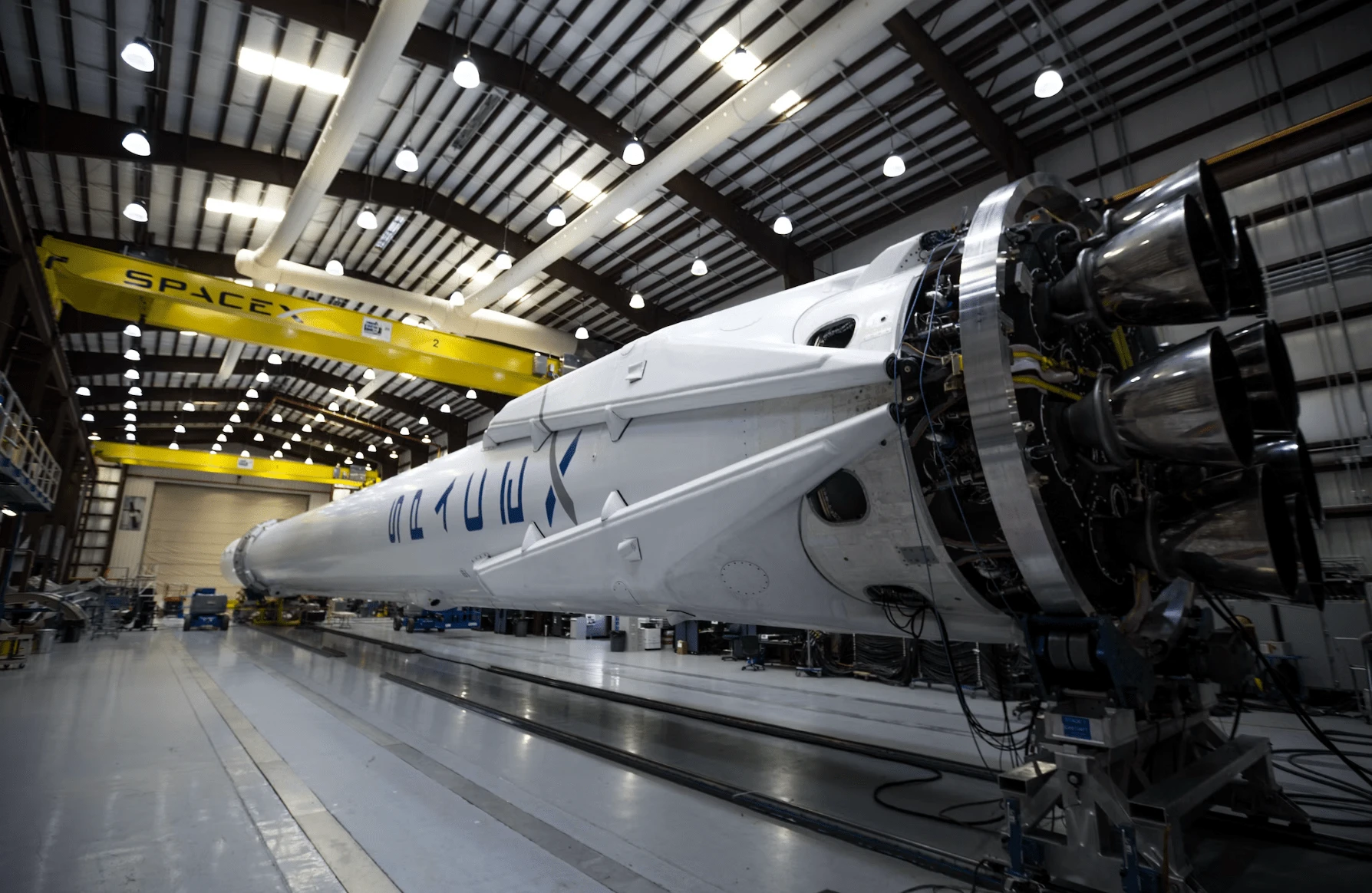- Manufacturing
- August 21, 2020

Under the F-35 Joint Strike Fighter (JSF) program, the world’s leading aerospace companies have partnered to deliver the most advanced family of combat aircraft ever built. The team, led by Lockheed Martin, knew their responsibilities would include establishing targets, determining and developing standards, manpower, scheduling, tooling requirements, facilities, proposals, trade studies, supplier evaluations and procurement and needed a way to respond in a timely, efficient and consistent manner. The Composites Affordability Initiative (CAI) Team was established by the Air Force Manufacturing Technology (ManTech) Division of the Air Force Research Laboratory (AFRL). Its charter was to bring down the costs associated with the manufacture of composite structures, considered essential to high-performance aircraft advancement and specifically for the F-35.
The Challenge
Northrop Grumman Corporation’s Integrated Systems sector is one of two “tier one” partners (along with BAE Systems) on the Lockheed Martin team. Realizing that Northrop Grumman engineers would be facing an enormous task in the production of the F-35, Soumen Saha, Northrop Grumman’s F-35 Integrated Product Team (IPT) Lead for Affordability and Continuous Improvement and Mike Fisher, Manager of Operations Business Proposals, believed that Northrop Grumman’s engineers should utilize a standardized tool to address the tasks of performing cost trade-offs, forecasting, creating job targets, setting standards, and much more. “We knew that standardizing on a tool would facilitate communication, keep everyone on the same page, and avoid a lot of conflicts” said Saha.
Our Solution
As a member of the CAI team, Saha led a government-industry cost team comprised of the Air Force Research Laboratory’s Materials and Manufacturing Directorate, the Air Vehicles Directorate and the Office of Naval Research, along with prime aerospace contractors Northrop Grumman, Boeing, Lockheed Martin and General Electric. The CAI team felt that Galorath Incorporated should develop a plug-in to its SEER-MFG model as a majority of the features and functionality the team was looking for from a software perspective were already contained in SEER-MFG. The CAI team collaborated to create a cost model that would be accepted across the aerospace industry as well as the Department of Defense.
Both Northrop Grumman and Lockheed Martin engineers for the F-35 program had established SEER-MFG as the “tool of choice.” The participating companies supplied process and cost data to develop industry accepted cost standards. Galorath utilized this data to develop specific modules describing the process steps, their variables and related costs. The resultant product provides a direct cost model including 25 existing and emerging composite fabrication and assembly processes, as well as some state-of-the-art metal processes such as high-speed machining and Super Plastic Forming with Diffusion Bonding.
The Result
Because of ease of use and rapid response, the resultant model increased trade studies which resulted in cost reductions by identifying the most affordable composite airframe structural concepts earlier in the design phase with greater dependability than previously possible. “SEER-MFG with the Aerostructures (CAI) Plug-in was at the heart of our cost evaluation on the F-35,” stated Saha. “Assessments of cost for assembly and composite operations came out of the plug-in, and it provided the totalness and versatility that is required in aerospace engineering that was not available before.”
Northrop Grumman engineers experienced the benefits of using SEER-MFG. “I had a relatively new user tell me he had set up a trade study in SEER-MFG and was able to do 15 other trades that same day, whereas in the past, it would have taken him a day to do each one. He was thrilled,” said Saha. And with respect to supplier cost evaluations, Northrop engineers could determine how much a part should cost allowing the bidders to decide who could produce the part at that price. “It gives us back power, the power to know how much something is really worth,” states Saha. “Cost is what it really takes to make the product while price is what the customer is willing to pay. In the past, these two have not exactly matched up.”




